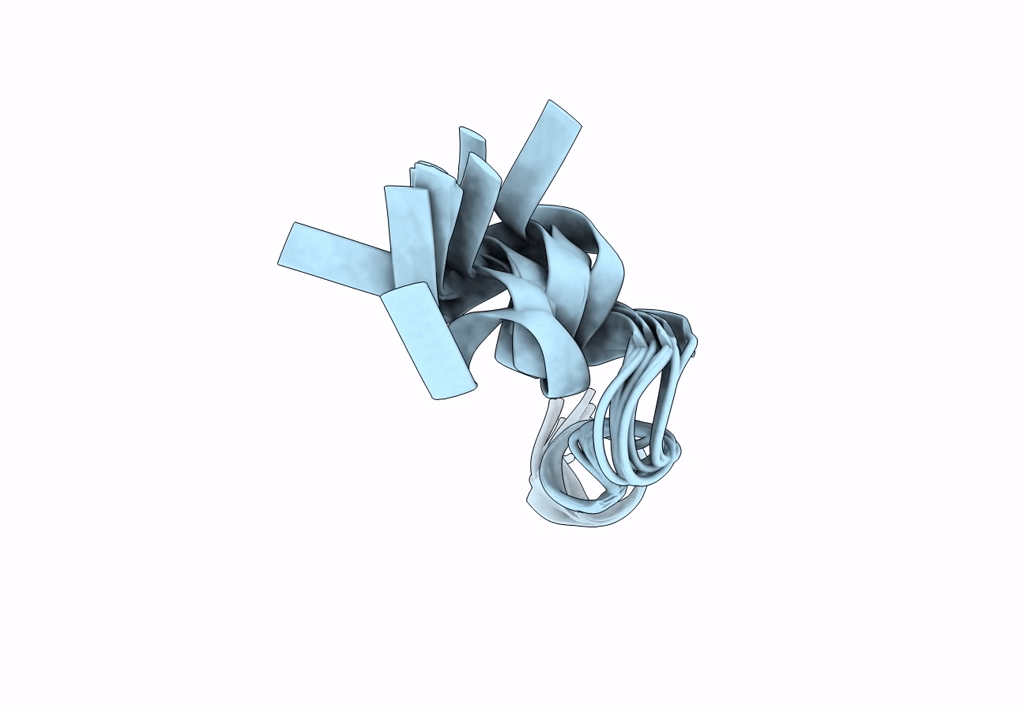
Deposition Date
2022-12-07
Release Date
2023-09-06
Last Version Date
2024-11-20
Entry Detail
PDB ID:
8BWW
Keywords:
Title:
Targeting Toll-like receptor-driven systemic inflammation by engineering an innate structural fold into drugs
Biological Source:
Source Organism:
Homo sapiens (Taxon ID: 9606)
Method Details:
Experimental Method:
Conformers Calculated:
60
Conformers Submitted:
10
Selection Criteria:
structures with the least restraint violations


